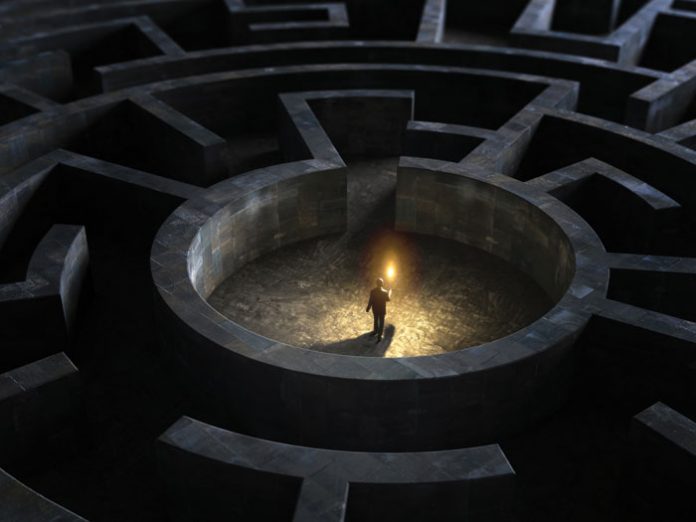CASE 1
Getting Under Her Skin
The woman’s rash was mysterious, but a disease detective was on the case.
The media dubbed him “The Sherlock Holmes of the medical profession,” and considering that his rate of successful diagnosis is 95%, Dr. Thomas Bolte seems highly deserving of the moniker. He himself, however, prefers to characterize his work as “an unusual symptoms investigator,” a doctor of internal medicine “who picks up where other doctors fail.” His unflagging zeal to help beleaguered patients (after 25 years of practice, he’s still not burnt out) is probably rooted in a childhood trauma he experienced when he was 11 years old. Five of his closest relatives—three grandparents, a beloved cousin, and finally, his own father—died within a span of 16 months. Watching helplessly from the sidelines as their former good health deteriorated, Tom Bolte vowed that one day he would fix people. Long before medical school he fixed houses, a seemingly banal line of work, but one from which he gleaned powerful lessons that were eventually applied to his unconventional practice of medicine.
After the death of his father (the sole breadwinner of the family) and the consequent foreclosure on their home, Tom’s widowed mother moved the family from the elegance of Long Island to the slums of Staten Island, where her one remaining relative—her father—lived. Determined to pull the family out of the poverty into which they had been hurled, Rosemarie Bolte decided to go into the business of “rehabbing” dilapidated homes, and she put her children to work. “From a parade of handymen, Tom learned to plumb pipes, wire switches, install drywall, lay brick and do simple carpentry. He learned that no two tradesmen built a house exactly the same way. They all had their little tricks, their favorite tools, favorite circuits, favorite brands of building materials, and unorthodox pet theories. When something in a house didn’t work, you fixed it by running down all the possible options where the system could possibly break down.” Repairing old houses might appear to be a rather humdrum job and unlikely precursor to a stellar career in medicine, but it was in fact Tom’s experience in rehab work that provided him with the perfect foundation for medical detecting, as it formed his out-of-the-box way of looking at “broken” patients who also needed to be restored.
Consequently, he sought the mentorship of a number of influential doctors for whom he worked simultaneously (sometimes he juggled six part-time medical jobs at the same time), including diet guru Dr. Robert Atkins and best-selling author Dr. Leo Galland (famous for merging unorthodox and holistic practices together with a mainstream approach). Dr. Bolte lamented the fact that his medical training had emphasized the use of pharmaceutical drugs but had omitted any acknowledgement of the vital roles that diet and exercise played in the maintenance of good health. All of these part-time jobs and disparate influences helped shape Dr. Thomas Bolte into a doctor with a multi-disciplinary and off-the-grid outlook, and when he set up his private practice as a medical investigator in humble quarters in Manhattan, desperate patients came calling.





















